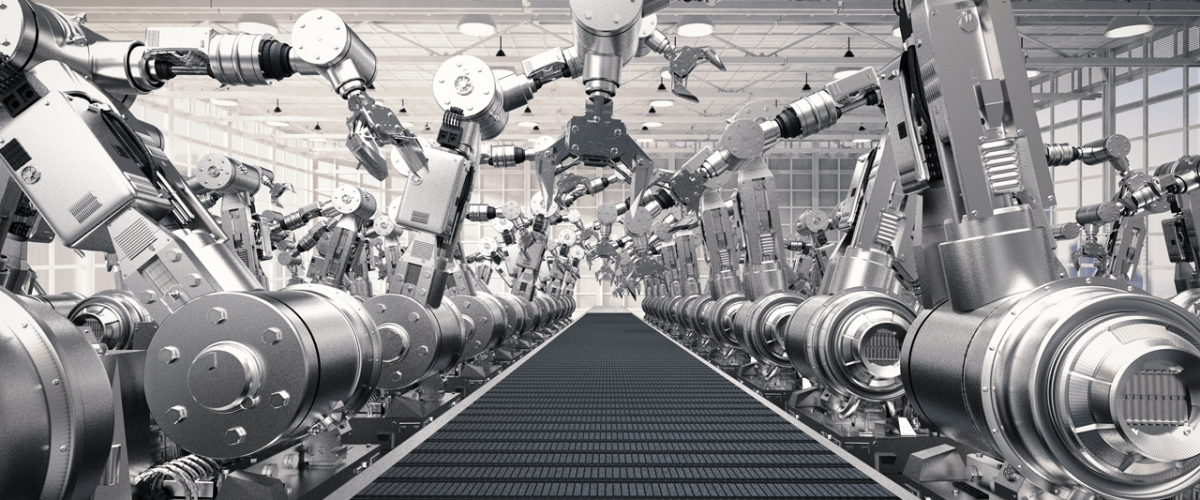Application of motion control in industrial control field
Industrial control is mainly divided into two directions, one is motion control, usually used in the mechanical field; the other is process control, usually used in the chemical field. The motion control refers to a kind of servo system that originated in the early days, based on the control of the motor, in order to realize the control of the change of the angular displacement, torque, speed and other physical quantities of the object.
From the point of concern, motor control (herein referred to as a servo motor) is mainly concerned with controlling one or more of the torque, speed, and position of a single motor to a given value. The main focus of motion control is to coordinate multiple motors to complete the specified motion (composite trajectory, composite speed), focusing on trajectory planning, speed planning, and kinematics conversion; for example, CNC machine tools need to coordinate XYZ axis motors to complete interpolation actions. .
Motor control is often used as a part of the motion control system, focusing more on the control of the motor. It generally includes three control loops of position control, speed control, and torque control. Generally, there is no planning ability (some drives have simple position and speed Planning ability). Motion control is often for products, including mechanical, software, electrical and other modules, such as robots, drones, motion platforms, etc. It is the real-time control and management of the position and speed of mechanical moving parts to make them The expected motion trajectory and prescribed motion parameters are used to control the motion.
Part of the content of the two overlaps: the position loop/speed loop/torque loop can be implemented in the drive of the motor or in the motion controller, so the two are easily confused. The basic structure of a motion control system includes: motion controller: used to generate track points (desired output) and close the position feedback loop. Many controllers can also close a speed loop internally.
Motion controllers are mainly divided into three categories, namely PC-based, dedicated controller, and PLC. Among them, PC-based motion controllers are widely used in electronics, EMS and other industries; the representative industries of dedicated controllers are wind power, photovoltaics, robotics, molding machinery, etc.; PLC is favored in rubber, automotive, metallurgy and other industries. Drive or amplifier: used to convert the control signal (usually a speed or torque signal) from the motion controller into a higher power current or voltage signal. The more advanced intelligent drive can close the position loop and speed loop by itself to obtain more precise control.
Actuators: such as hydraulic pumps, cylinders, linear actuators or motors to output motion. Feedback sensor: such as photoelectric encoder, resolver or Hall effect device, etc., used to feedback the position of the actuator to the position controller to realize the closure of the position control loop. Numerous mechanical components are used to convert the motion form of the actuator into the desired motion form, including gearboxes, shafts, ball screws, toothed belts, couplings, and linear and rotary bearings.
The emergence of motion control has further promoted electromechanical control solutions. For example, in the past, both cams and gears needed to be realized by mechanical structures, but now they can be realized by electronic cams and electronic gears, eliminating the return, friction and wear of the mechanical realization process.
Mature motion control products not only need to provide path planning, forward-looking control, motion coordination, interpolation, kinematics forward and inverse solutions, and drive motor command output, etc., but also need to have engineering configuration software (such as SIMOTION’s SCOUT) and syntax interpreter (Not only refers to its own language, but also includes IEC-61131-3 PLC language support), simple PLC function, PID control algorithm realization, HMI interactive interface, fault diagnosis interface, advanced motion controller can also realize safety control, etc. .

